Turkish Part of Nicosia
While walking, it’s very interesting to compare two parts of Nicosia – the Greek on the south and the Turkish on the north. They’re completely different, to say the least, which is reflected in all spheres of life – cuisine, lifestyle, culture, economy. For example, in the southern part, the locals and tourists walk around decently, the workshops, decent shops, tidy bars and cafes are nicely arranged. Clean streets and pavements with quality asphalt. The Greek part of the city has generally mushroomed considerably, while the Turkish one seems to have stayed in the past. There are no new buildings, and old houses vividly show that they have long needed to be repaired.
Reaching the Turkish part, you instantly see negligence and desolation. The area near the Green Line is humming: there are shops, stalls, a market, cafes, and restaurants. But as you go a couple of streets deeper, the capital gets very provincial.
There are fewer tourists in the north of the capital, however, grubby kids are running around uncontrolled, and their parents seem not to care. The streets are literally flooded with children, especially in the afternoon when the lessons are over and they come back from school. No one hurries to come back home. The kids run, play, bustle…
It’s hard to imagine something like this in southern Nicosia, where children continue learning after school and take different classes. It’s not common here for children to be by themselves, play alone, or walk around the streets without purpose.
Northern Nicosia is permeated with poverty and squalor which can almost be sensed in the air when you enter the area. Unrecognized self-proclaimed Turkish Cyprus’s life is no bed of roses. Since 1974, the sanctions, which were imposed after the Turkish invasion of the island, have been enforced. Today, Northern Cyprus is recognized only by Turkey. For example, all international trade transactions can be performed only through Turkey, and the Northern Cypriot economy is largely supported by direct financial injections from Turkey.
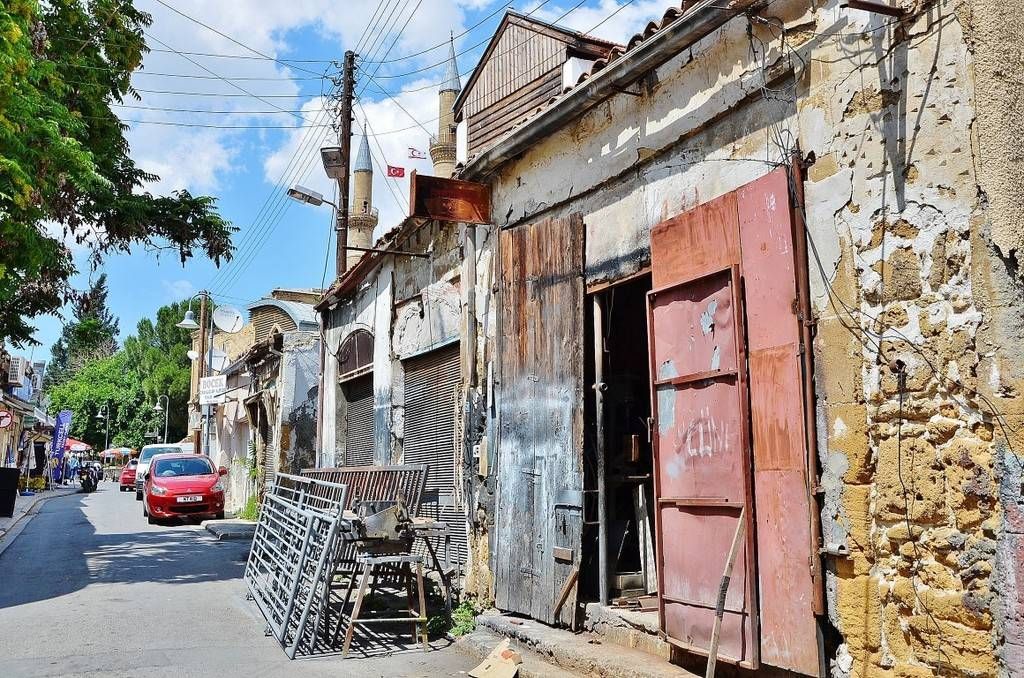
One of the typical landscapes of Lefkosia (Northern Nicosia)
Besides, all sea ports are closed in the north, so the only way to get here is through Turkey or by charter flights. Ferries from Egypt and Israel are of some help. But this option is undesirable, as it’s officially possible to get to the north only through Southern Cyprus. There are certainly tourists in Northern Cyprus as well, but there are remarkably fewer of them than in the south.
Nevertheless, walking around the two parts of Nicosia and comparing them, we found a couple of advantages of the northern part. It may be a trifle, but we, for example, liked an incredibly delicious ayran that far outperforms the same beverage prepared in the southern part of the city.
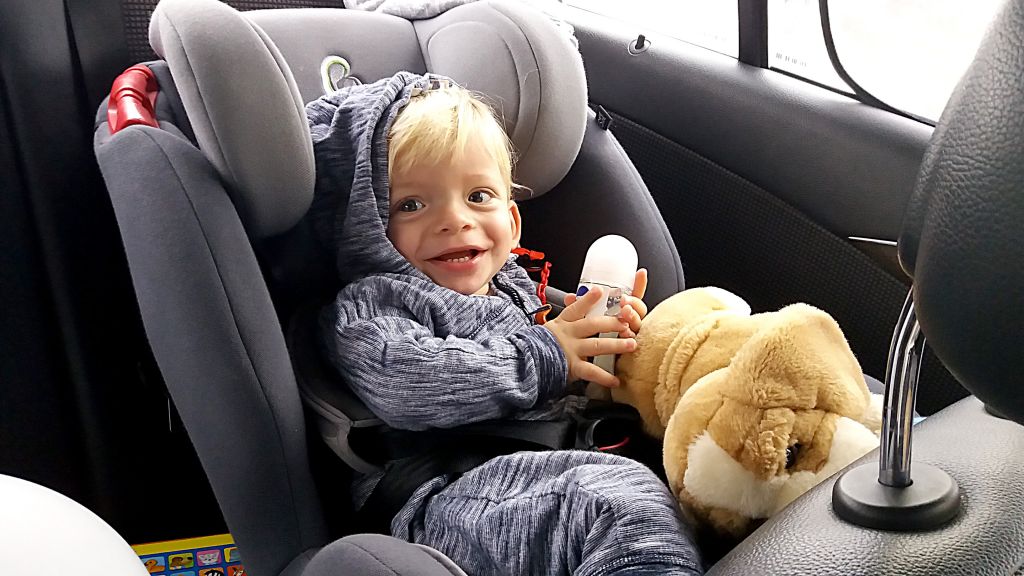
Robert is waiting for another exciting trip around the city
Strangely enough, there are no 3D cinemas in southern Nicosia (as well as generally in Southern Cyprus!) for some reason, while there are ones in northern Nicosia. So, when we wanted to watch a 3D film, we had to cross the border!
Furthermore, the northern part of Nicosia has casinos which are banned in the south of the city. Crowds of Greek Cypriot gamblers rush to the north to get the adrenalin flowing and chance their luck. Such an act is not respected though. It’s considered to be shameful and unpatriotic to spend your money in Turkish Nicosia, but this can’t stop the obsessed gamblers.
Casinos are forbidden in the southern part. They are surely present here as well, but these are only clandestine ones, as they have to keep their activity secret. While in the north, they rise fearlessly having an impressive design and interior.
In between walks and trips, Misha and Robert study the subtleties of playing musical instruments …
… or just having fun in a pile of toys.
You need to make about sixty steps through the neutral territory to come from southern to northern Nicosia. However, being so close, the southern and northern parts are in different time zones! Northern Cyprus is loyal to Turkey and shares the same time zone with it, while southern Cyprus has the same time as Greece does. Moving from the southern to the northern part, we set the clocks forward one hour, and coming back to south, we adjusted them backward. So, each step across the border means adjusting the clocks forward one minute. One step is one minute!
There’s one of the main Cypriot religious holy sites left in the northern part of Nicosia. It’s a huge mosque rising above the city. It used to be the largest Catholic church in Cyprus – Cathedral of Saint Sophia.
The construction of the building in Gothic style commenced in the 11th century and continued as many as a century. After it was finished, not only cathedral services were held, but also Cypriot kings were crowned here.
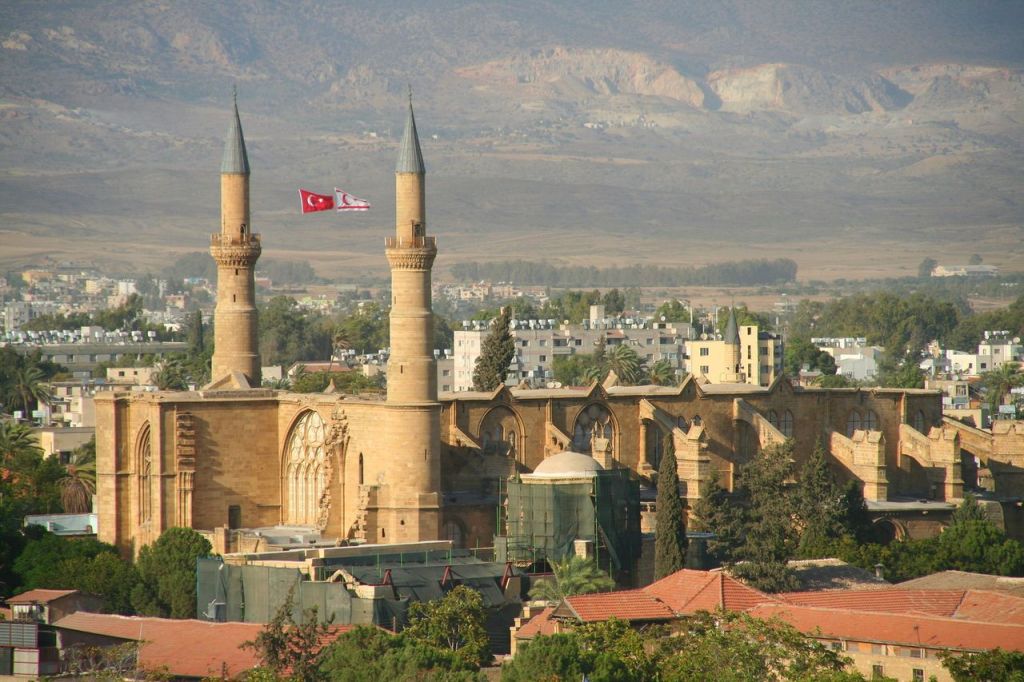
Mosque Semilie
Since the temple had been damaged after numerous military fights and earthquakes, it was renovated with its late Gothic style saved. When the Ottoman Empire took over the region, the Turkish treated the holy place in the usual way – they turned a Christian temple into a mosque. They got rid of all sculptures and icons, leaving only the statue of St Sophia, which was moved to the street and placed before the entrance.
New owners preserved only the stained glass from the former design, however, Gothic style was still present here, although the Turkish built two minarets onto the building to add Eastern colour to it. The walls inside were plastered and painted white. All Orthodox gravestones were thoroughly covered with carpets, and national Turkish flags were hung.
Misha and Robert on an excursion to the Selimiye Mosque
Nowadays, the place is used by the Turkish as the main mosque. It was called Selimiye in honour of Sultan Selim II. The cathedral mosque is the only grand-scale Gothic monument left in Cyprus. The mosque is open for tourists – you don’t need to be a Muslim to get there. Local guides even offer tours around the place.
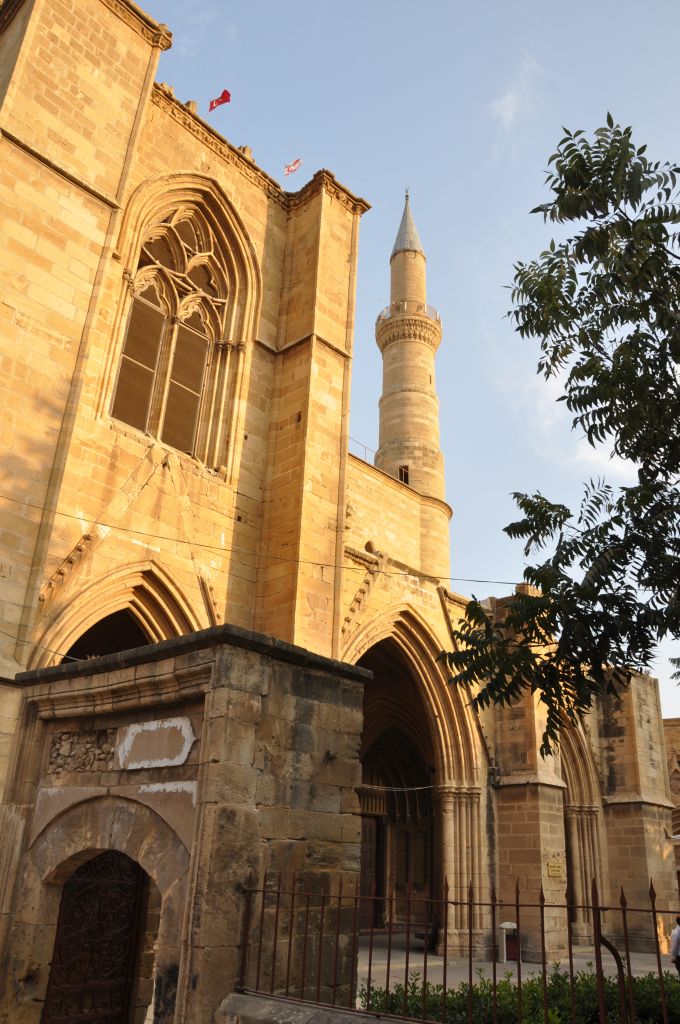
It’s amazing that colonial buildings from the English times were also preserved quite well in Northern Cyprus. They might not be architectural masterpieces, but lots of them were built in the early 20th century by order of the British government, where there were admirers of the Greek classical style. That’s how the buildings with porticos, columns, strict lines and proportions sprang up.
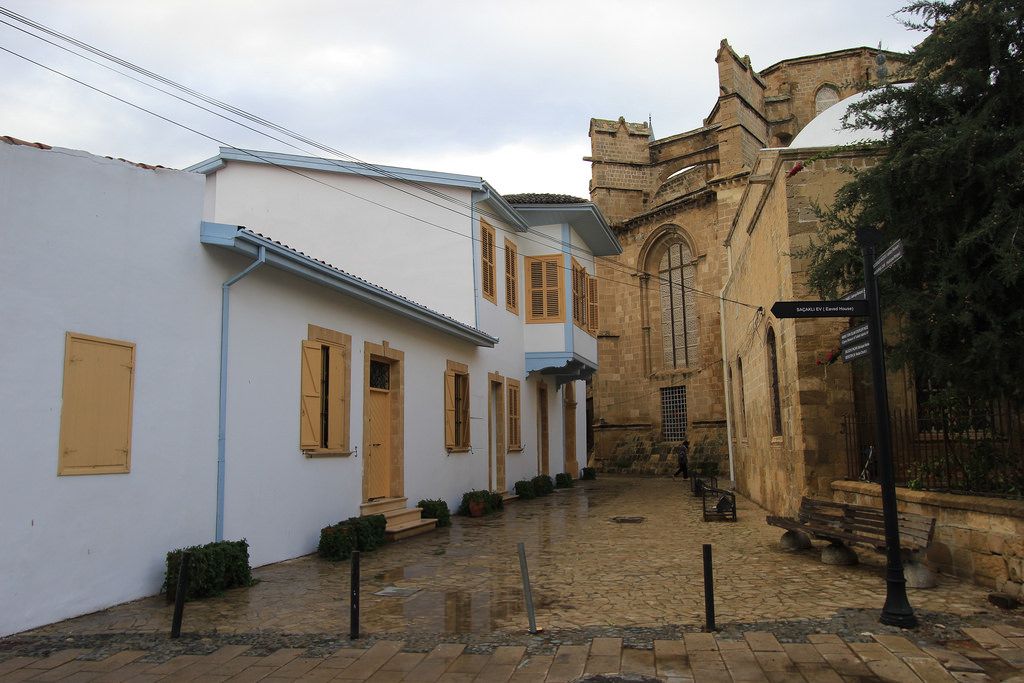
Today, colonial style in old Nicosia can be seen in the design of private houses, temples, administrative and public buildings. Analogous constructions in the southern part have become shabbier or were significantly renovated.
We loved the Library restaurant in the northern part of Cyprus a lot. It offers Turkish cuisine and Arab colour which creates a wonderful atmosphere. The ground floor has a solid glass bottom, under which there’s a scene from a Turkish family’s life recreated with the help of mannequins.
When we entered the restaurant, our boys could barely walk – they could do it only with our support. They didn’t understand that they were walking on glass, they really believed they were walking on air, so they were afraid to make a step into the abyss. Michael Jr and Robert were slightly scared at first but they got used to it quite quickly and started to have fun, watching curiously the display unfolding under their feet.
Walks with Kids
We got to know Nicosia in detail together, when a tiresome rhythm of obligations, which had taken all of our time for several months after the children were born, was in the past.
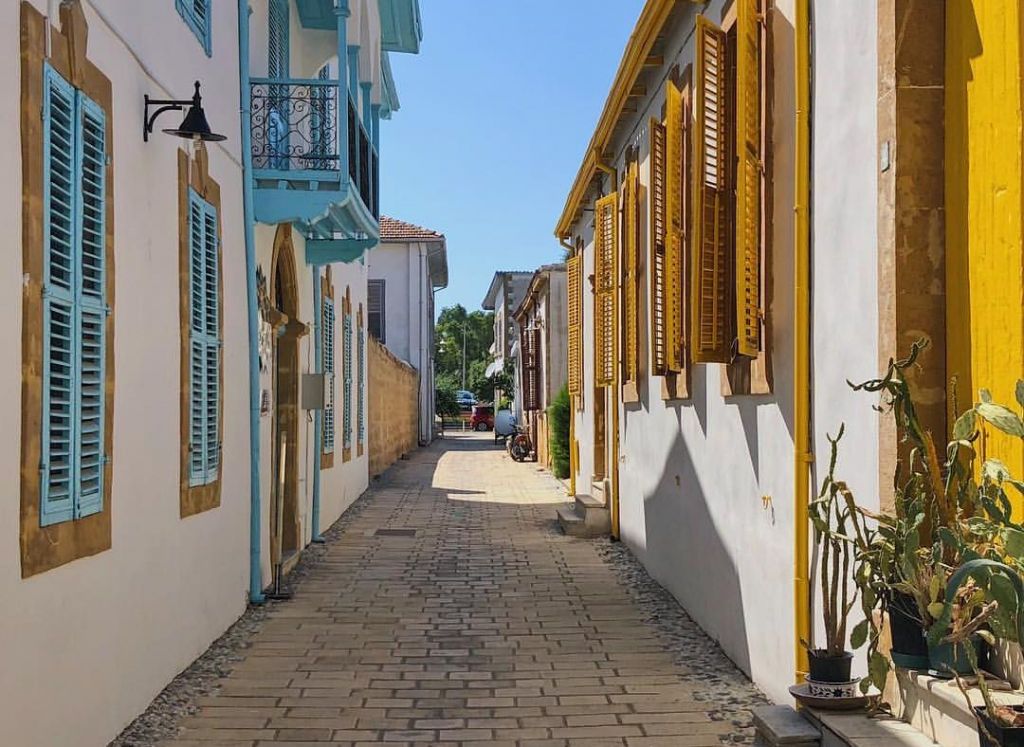
We haven’t discovered a lot of places for walks and pedestrian streets in Nicosia, except for the Old Town. Same with parks. Since local citizens are not fond of walking and prefer to go everywhere, even to the places in the neighbourhood, by their own or a rented car, there are few parks in Nicosia, however, there are a great many car parks and traffic jams.
Aglandjia district, where we rented a flat, has one of the numerous woodland parks surrounding the city. As a matter of fact, it’s a real forest where even bike paths and roller skating trails are arranged. Unfortunately, there are absolutely no playgrounds here, and it’s very inconvenient to have a picnic in the park.

Children’s playgrounds are not enough, but we can have great fun anywhere, even in the supermarket, during the grocery shopping trip!
Another park that is definitely worthy of mention is located on the territory belonging to Kykkos Monastery. It’s the most influential Cypriot monastery which possesses huge territories of lands both in the capital and on the island in general.
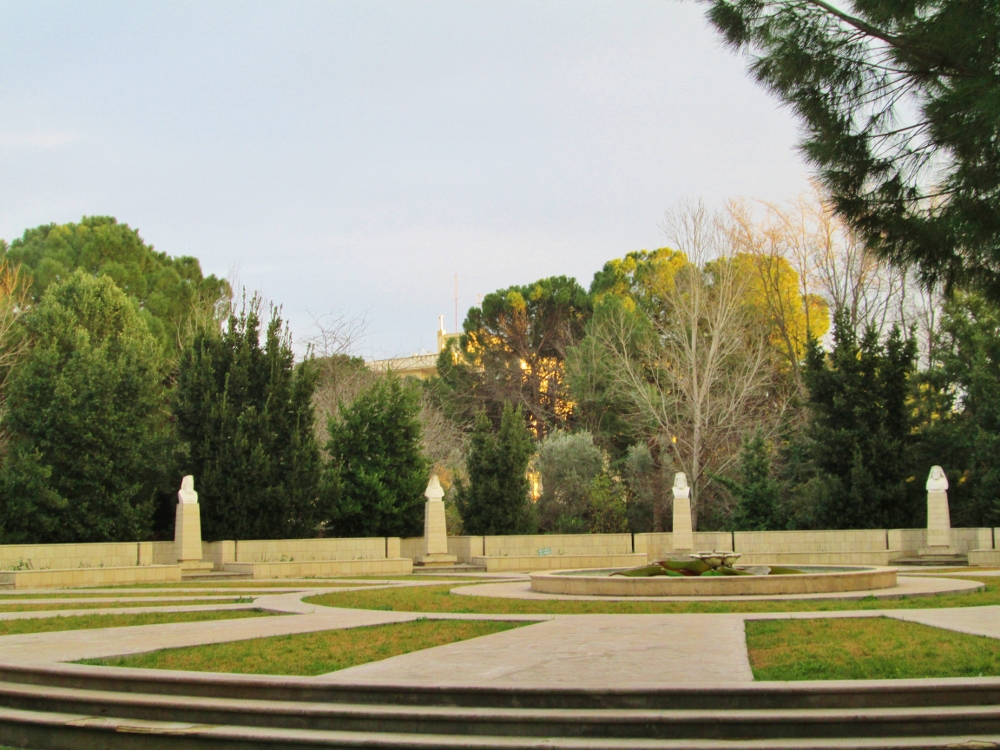
Expanse of Kykkos park
There’s a magnificent park stretching out on the territory of the monastery. Although it’s hidden behind the high walls, the entrance there is free. Despite its splendour, the park has very few visitors. That’s probably because not everyone is aware of this wonderful place.
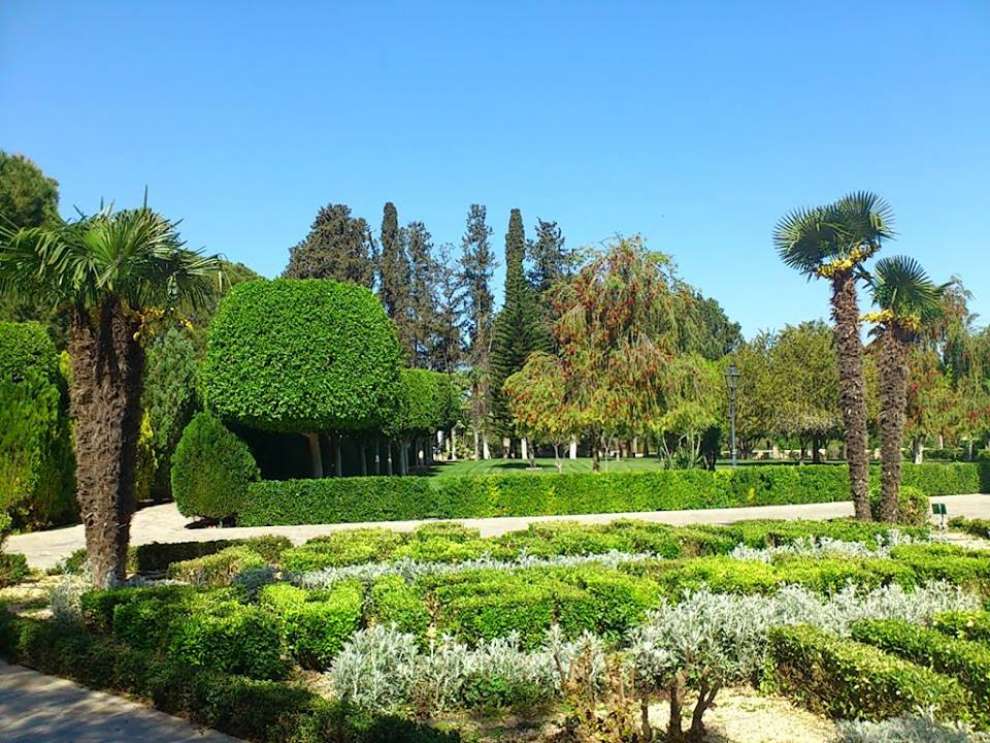
Luxurious landscape design in the park of Engomi (Egkomi)
Those few who know about it savour the peace and silence as well as marvellous landscape design – there’s an artificial river with a waterfall, high fountains babble and splash. In the middle of the park, a huge cage with parrots and butterflies rises, the sculptures picturing local archbishops stand in a row, and the lawn is mown so perfectly you hardly resist the temptation to lie there. In a word, it’s a splendid place to walk alone or with your children.
There’s a small zoo in the park. Different types of butterflies and birds, mainly parrots, are gathered in six cages in one part of the zoo. The other part is a zoo itself, where donkeys, geese, pigs, peacocks, swans, various exotic species of hens live. There also used to be monkeys.
During the walks, we didn’t miss a rare opportunity to show the birds and animals to the boys.
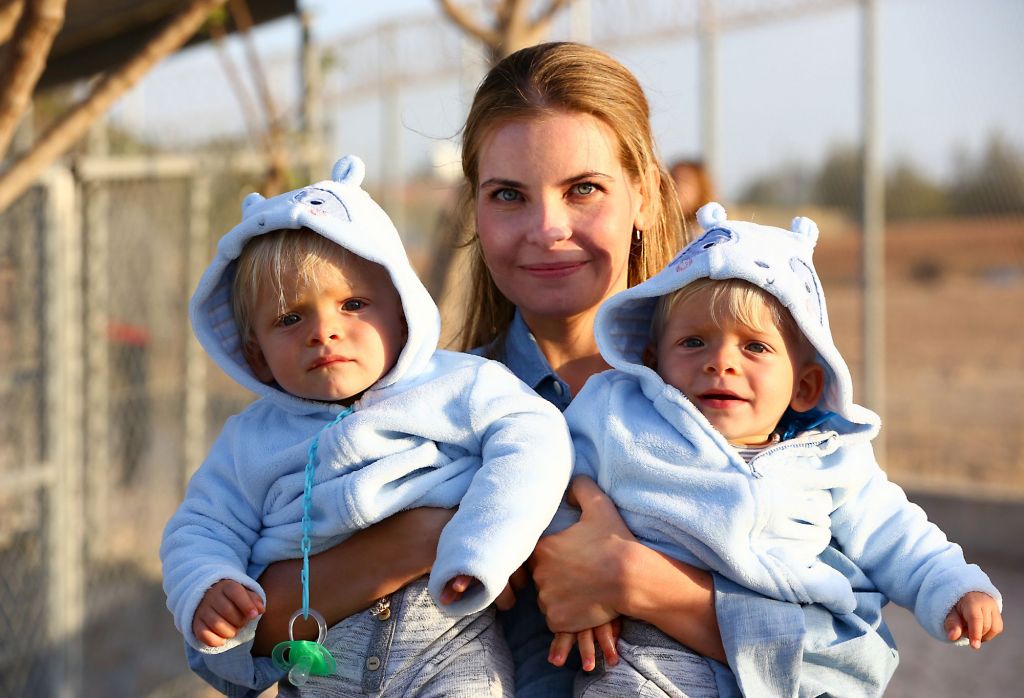
Nicosia heat, historical background and shopping districts of the capital of the two Cypriots – Nicosia. Part 1
Where to walk and where to eat in the capital of Cyprus – Nicosia. Part 3


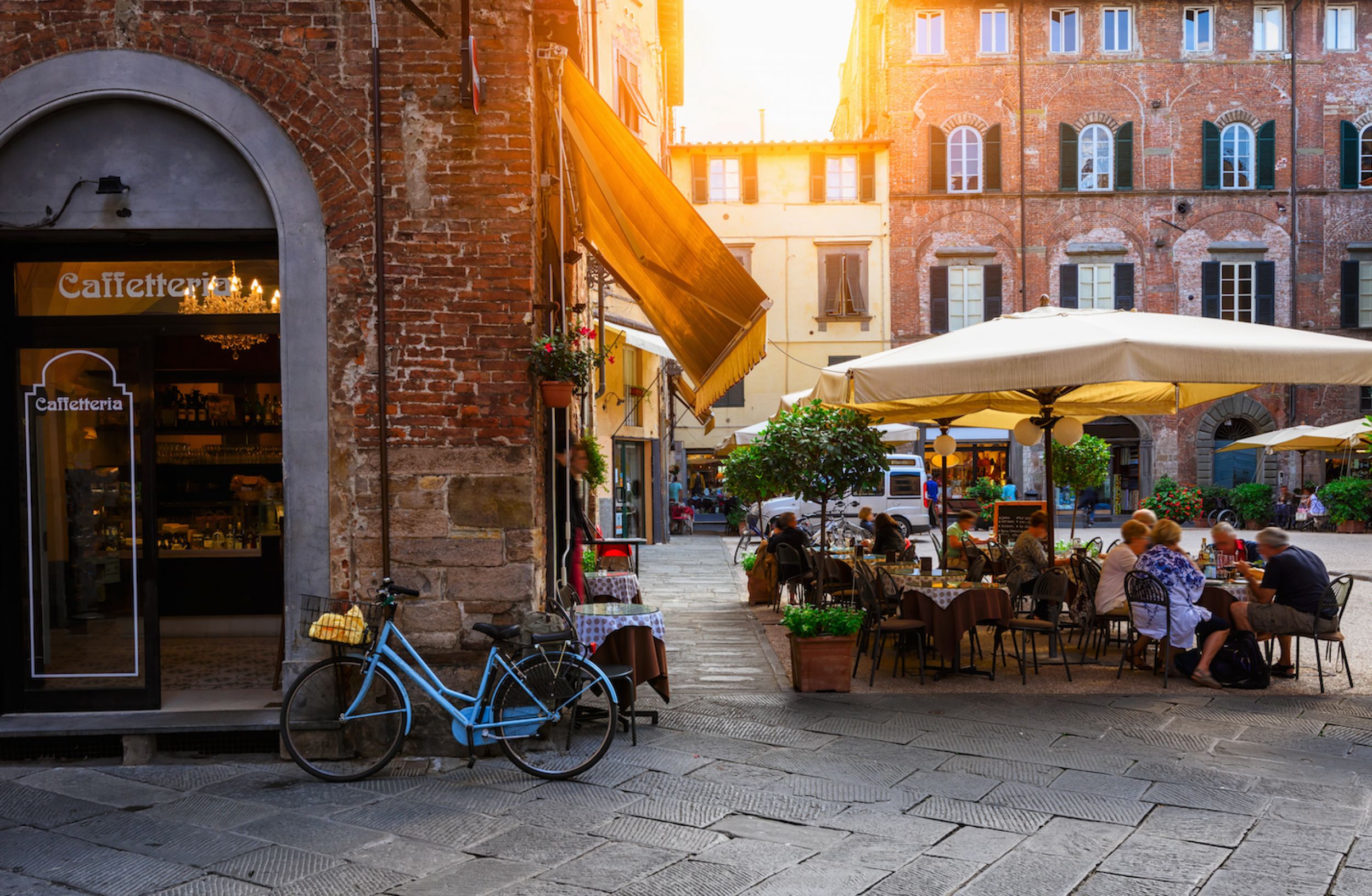
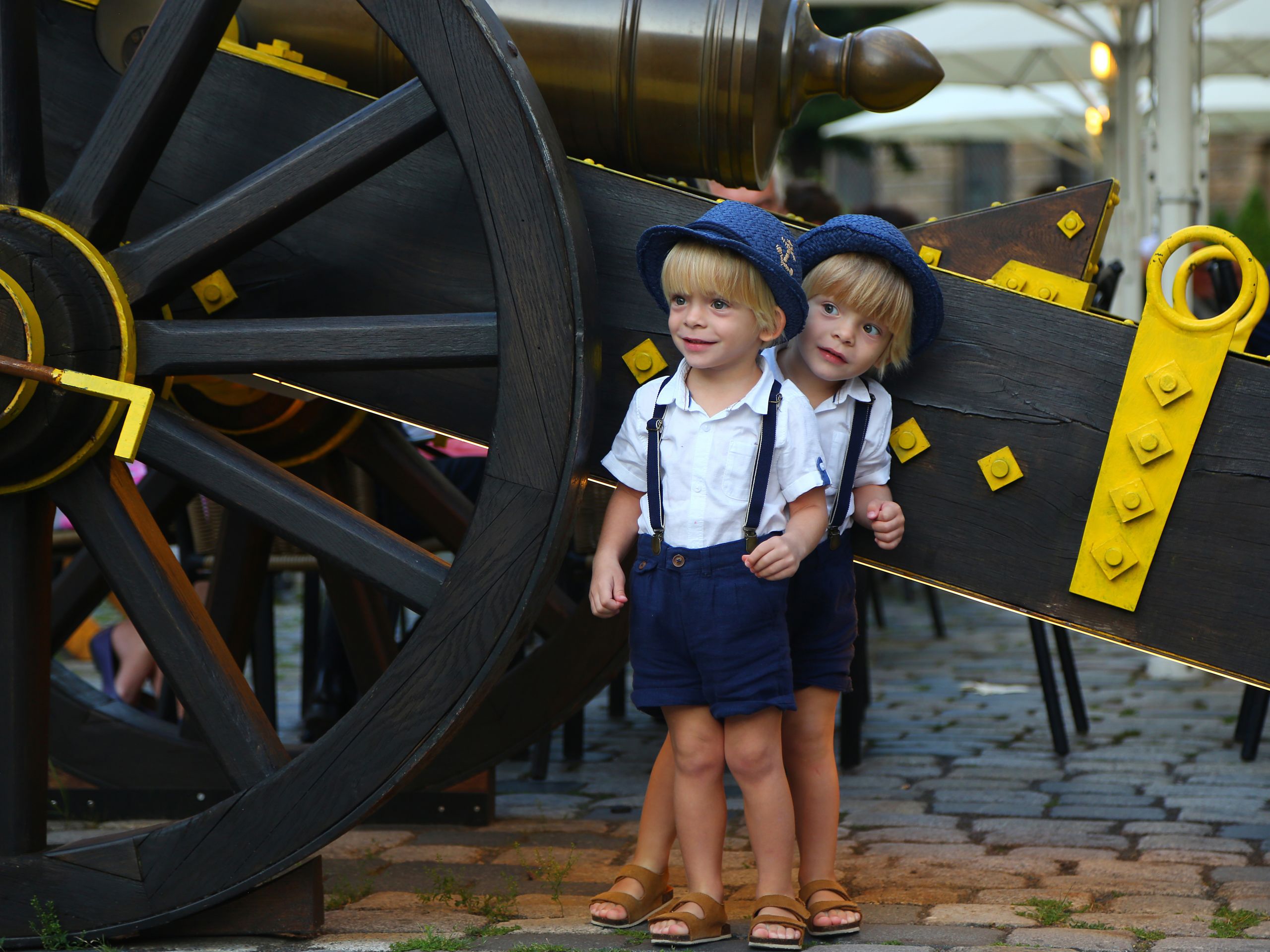


Leave A Comment